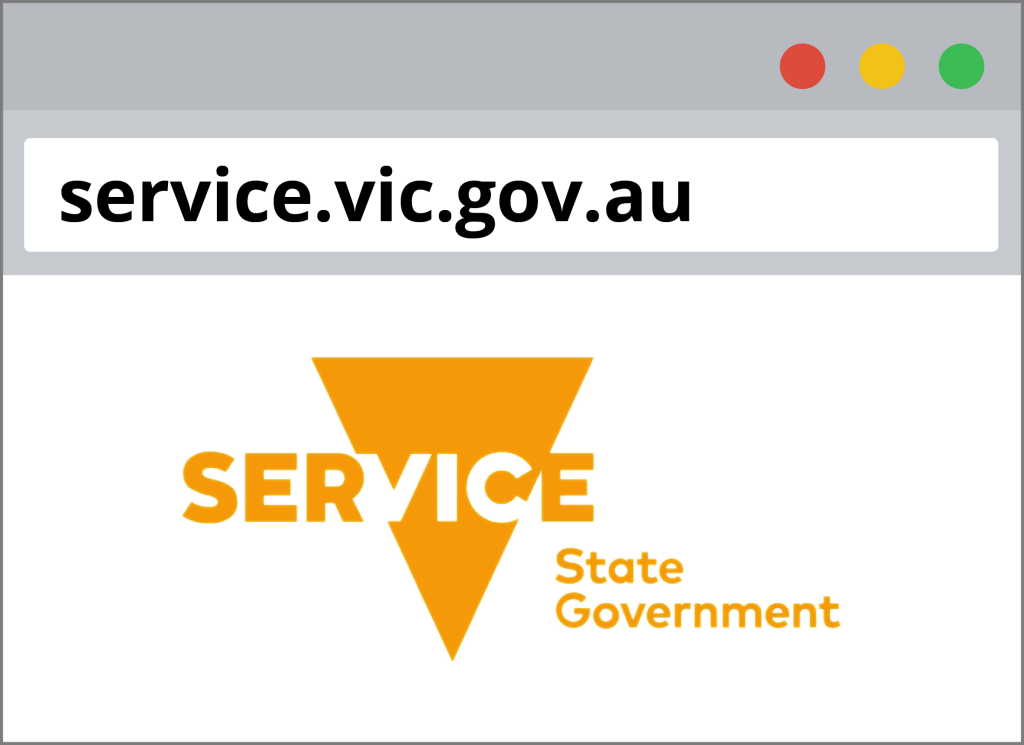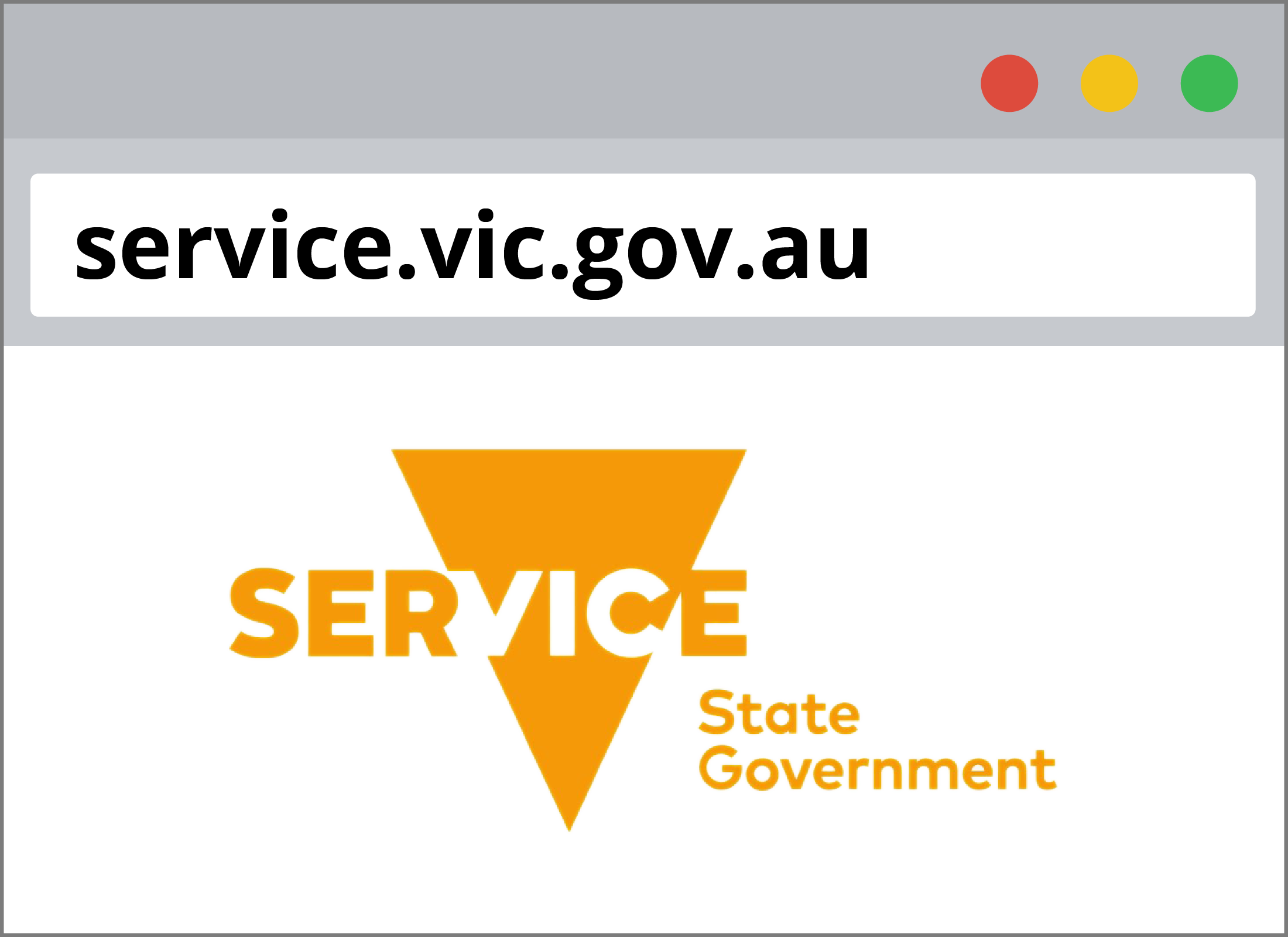In Australia’s digital history, few public services have been as maligned for their user interface as MyGov. The national platform’s complex, clunky, and impersonal UI became a textbook example of what happens when government services forget about the people they serve. But just as much as MyGov became a digital disaster, it also served as a wake-up call—especially for the state of Victoria. Determined to avoid the mistakes of the federal system, the Victorian Government embarked on an ambitious journey to overhaul Service Victoria’s UI, and by 2025, it has become a shining example of how government platforms can put users first and deliver seamless, empathetic digital experiences.
This article takes a deep dive into the Service Victoria UI overhaul, exploring how the state flipped the script on public service interfaces, what patterns and principles drove their success, and why their work is now being seen as a model for digital transformation in the public sector, both in Australia and beyond.
When Service Victoria was first introduced, it followed a familiar government pattern—offering essential services through an online portal that looked and felt like it had been designed by bureaucrats rather than designers. Users were met with clunky forms, disjointed navigation, and unclear language. Tasks like renewing a driver’s license or registering a birth certificate were riddled with friction points that left users confused and, at times, infuriated.
But unlike MyGov, Victoria’s digital leaders listened. They launched a ground-up redesign process that prioritized human-centered design, co-creation with real users, and ruthless simplification of user flows. The redesign was not seen as a visual makeover—it was approached as a systemic transformation that required rethinking not just how things looked, but how they worked.
The first critical success factor of the Service Victoria UI overhaul was their commitment to radical user empathy. Instead of assuming they understood what users needed, the design team invested months into ethnographic research, usability testing, and community workshops, including groups who had traditionally been marginalized by digital services—elderly users, people with disabilities, non-English speakers, and those without high digital literacy. Every element of the new interface was tested, iterated, and validated with these groups at the table.
This research revealed that users weren’t looking for flashy designs or trendy patterns—they wanted clarity, control, and trust. As a result, Service Victoria’s new UI adopted a “zero learning curve” approach, where the interface mimicked familiar patterns users already encountered in apps they used daily, rather than forcing them to learn a new system. Forms became conversational and progressive, breaking down complex tasks into digestible steps with clear language, helpful prompts, and real-time validation that prevented errors before they occurred.
One of the standout features of the overhaul was the simplification of navigation and task flows. Unlike MyGov’s labyrinth of disconnected services and unclear pathways, Service Victoria’s interface presented a clean, focused home screen where users could see their most common tasks upfront, personalized based on their history, location, or preferences. Search was reimagined not as an afterthought, but as the primary navigation tool, with natural language queries supported and tasks surfaced proactively based on user intent.
Perhaps most importantly, Service Victoria made a deliberate choice to humanize the entire experience. Error messages were rewritten to be friendly, empathetic, and helpful, not cryptic codes. Confirmation screens celebrated user progress with positive reinforcement. Even forms were designed with inclusive visual cues, intuitive spacing, and accessible input patterns that reduced anxiety and fatigue, especially for users on mobile devices or with assistive technologies.

Another area where Service Victoria excelled was status transparency. During the pandemic, when demand for digital services surged, they avoided the pitfalls of MyGov’s opaque queues and spinning loaders. Instead, users were given clear progress indicators, estimated wait times, and even proactive SMS updates about service status, ensuring they never felt lost in the system.
The overhaul also extended beyond the UI into system-wide service design. Service Victoria worked to integrate backend systems across departments, ensuring that users didn’t have to jump between portals with inconsistent experiences. From a UI standpoint, this meant a consistent, predictable interaction pattern no matter what service a user was accessing, whether it was vehicle registration or COVID vaccination certificates.
Accessibility was not bolted on at the end—it was embedded from the start. The new UI met and exceeded WCAG 2.1 standards, with inclusive color palettes, keyboard navigability, screen reader compatibility, and support for multilingual users. These considerations weren’t treated as compliance checkboxes—they were treated as core design principles, ensuring that no user was left behind.
By 2025, Service Victoria’s UI overhaul has not only improved user satisfaction scores dramatically but has also reduced operational costs by decreasing call center demand, form submission errors, and abandoned processes. More importantly, it restored trust in digital public services in a way that MyGov never managed.
Designers and product teams behind the overhaul attribute their success not to adopting the latest UI trends, but to embracing timeless principles—clarity, empathy, simplicity, and respect for the user’s time and needs. Where MyGov overwhelmed users with friction and confusion, Service Victoria’s UI invites users in, guides them gently, and gets out of the way once the task is done.
Their work has since become a benchmark for other Australian states and even private sector platforms seeking to improve their digital services. Startups, banks, and healthcare platforms are studying Service Victoria’s UI patterns, not because they are flashy or award-baiting, but because they work—and they make users feel valued, understood, and in control.
The Service Victoria UI overhaul is a case study in how governments and organizations can learn from their failures and use them as a catalyst for meaningful, user-first design. It shows that when designers, technologists, and policymakers come together with a shared commitment to serve users—not just tick boxes or satisfy KPIs—digital platforms can become powerful tools for inclusion, empowerment, and trust.
In an era where citizens expect their digital interactions with government to be as seamless as ordering food or booking a rideshare, Service Victoria has shown that it’s possible to meet—and even exceed—those expectations. The overhaul proves that good UI is not just about aesthetics; it’s about creating dignity in every click, every form, every task. And that is a lesson the rest of Australia is finally ready to embrace.
FAQs
1. What made Service Victoria’s UI overhaul successful?
A relentless focus on user empathy, simplicity, and accessibility, ensuring every element was designed and tested with real users.
2. How is Service Victoria’s UI different from MyGov’s?
Service Victoria uses clean, personalized interfaces with clear language, while MyGov’s UI was cluttered, confusing, and impersonal.
3. Did Service Victoria improve accessibility?
Yes, accessibility was embedded from day one, ensuring compliance and true usability for all users, regardless of ability.
4. How did the overhaul reduce operational costs?
By reducing user errors, abandoned processes, and call center demand, thanks to better UI flows and proactive support.
5. What can other platforms learn from Service Victoria?
That user-first design is not a luxury—it’s essential for trust, efficiency, and long-term success, even in government services.

Leave a Reply